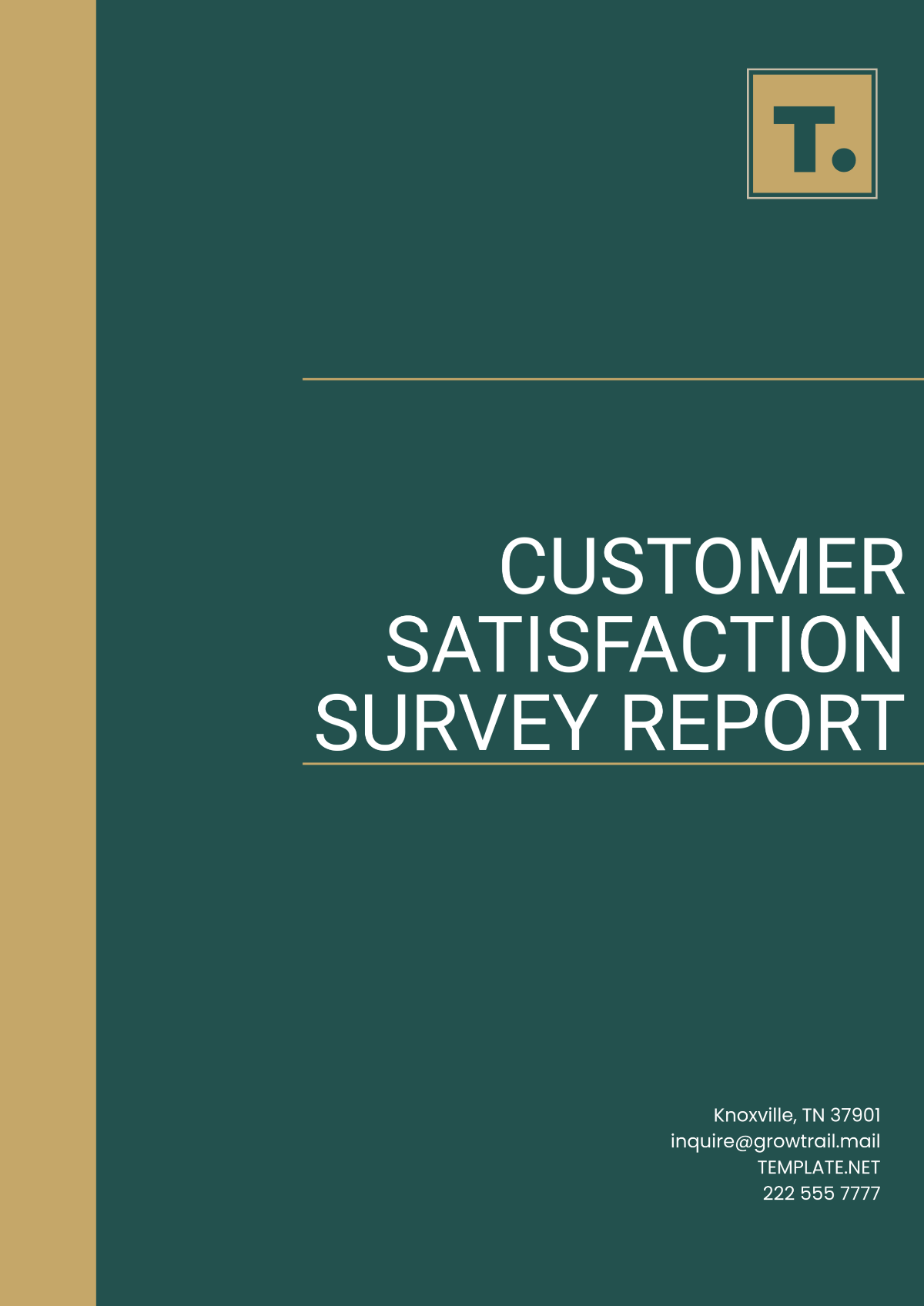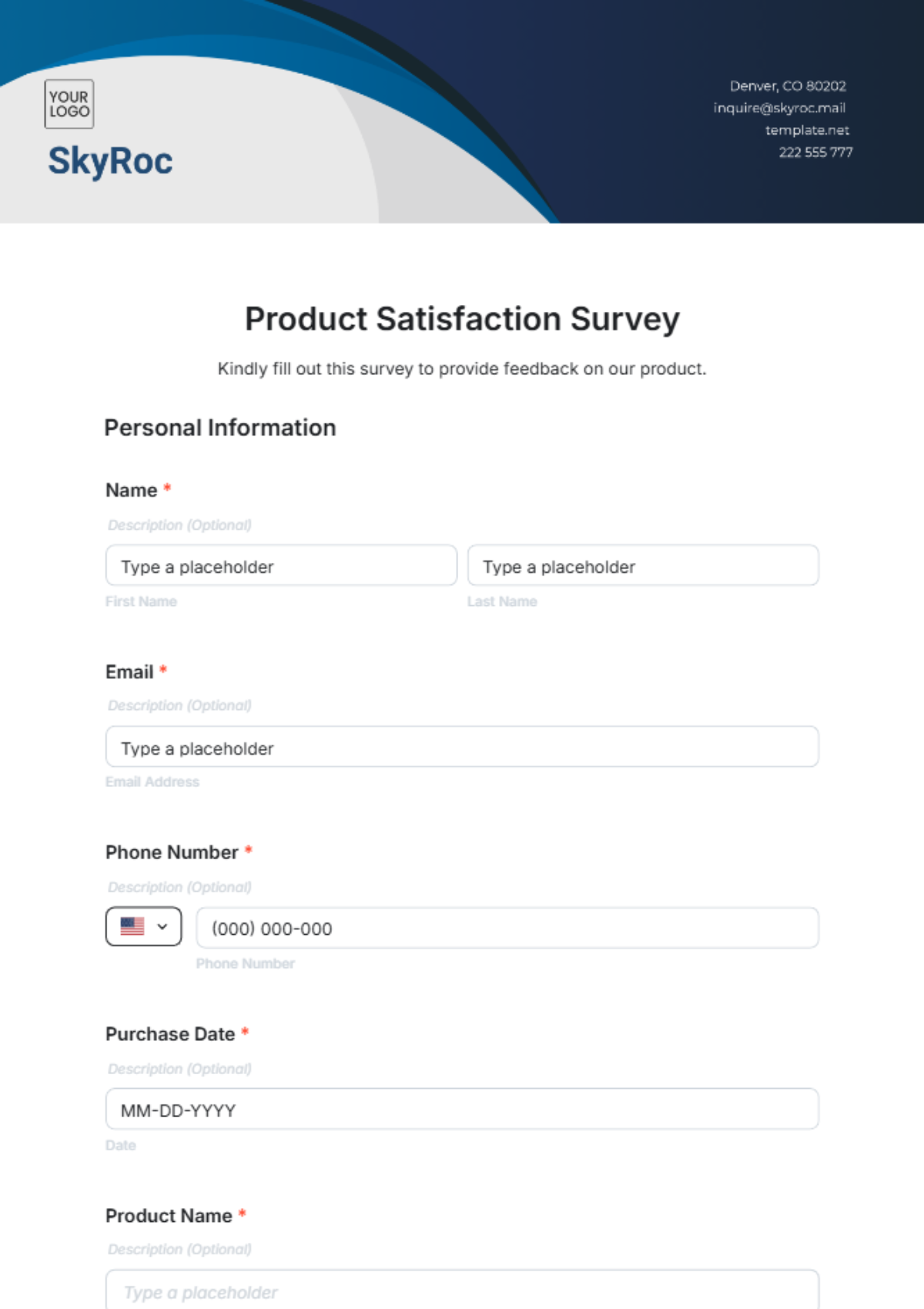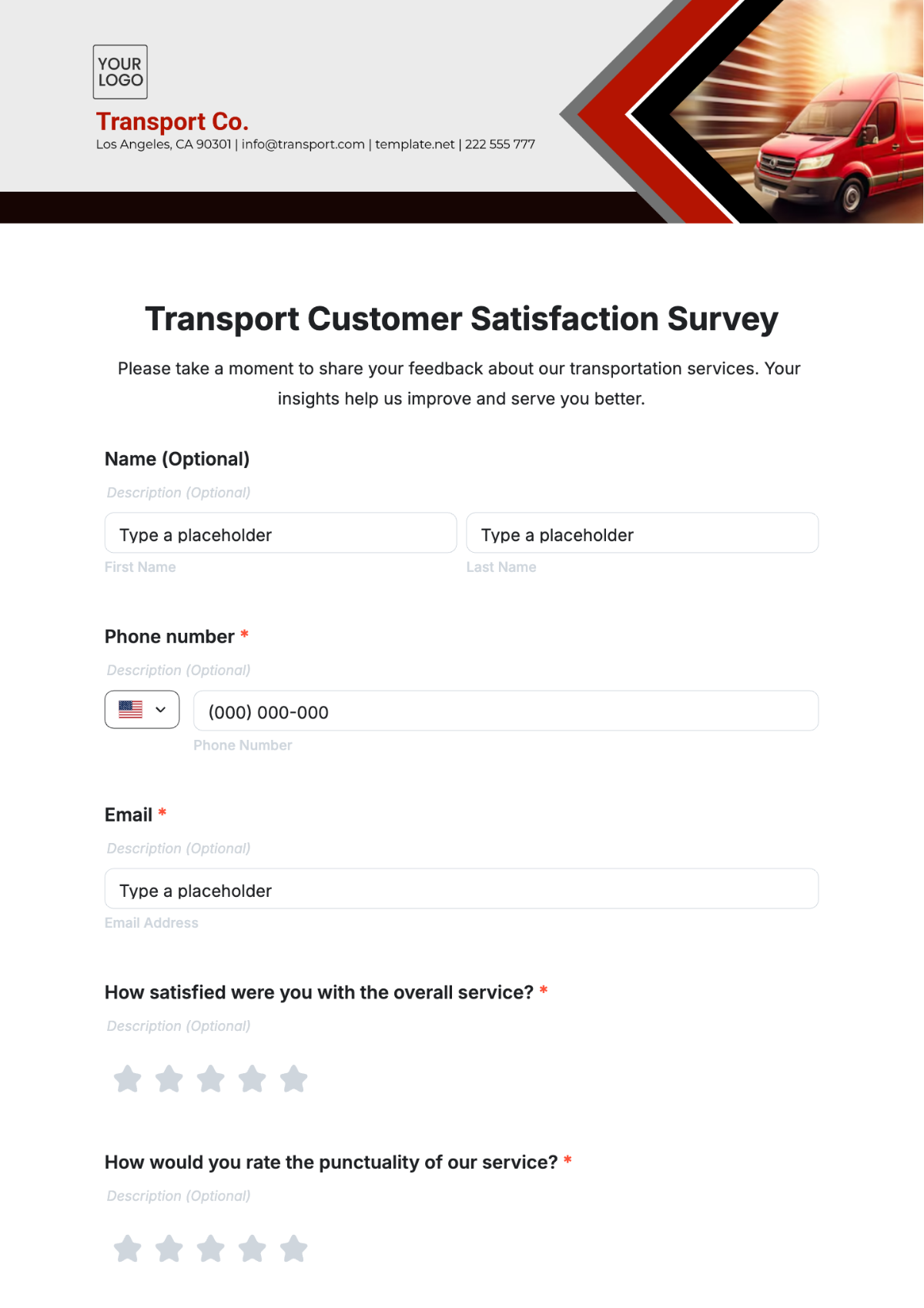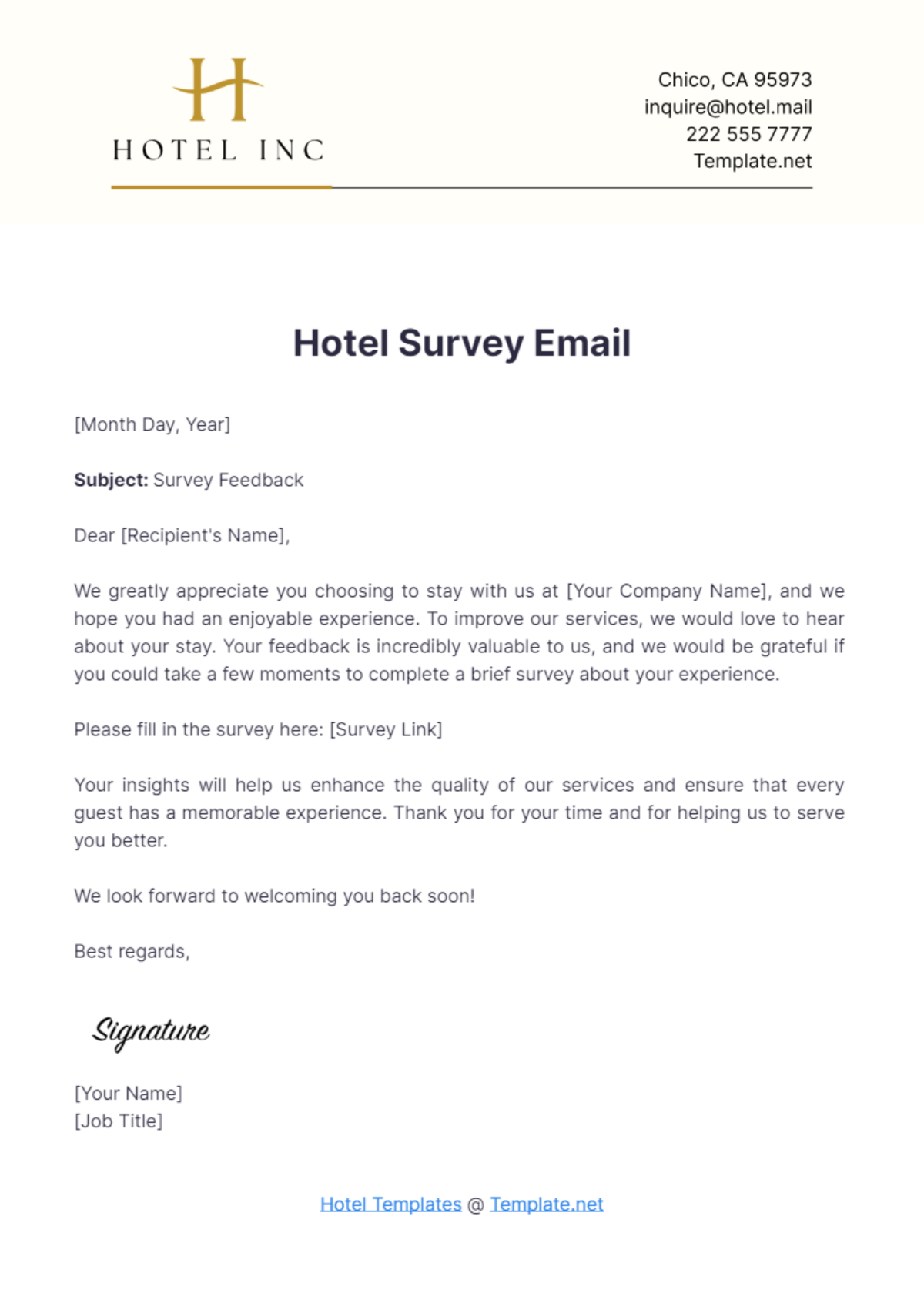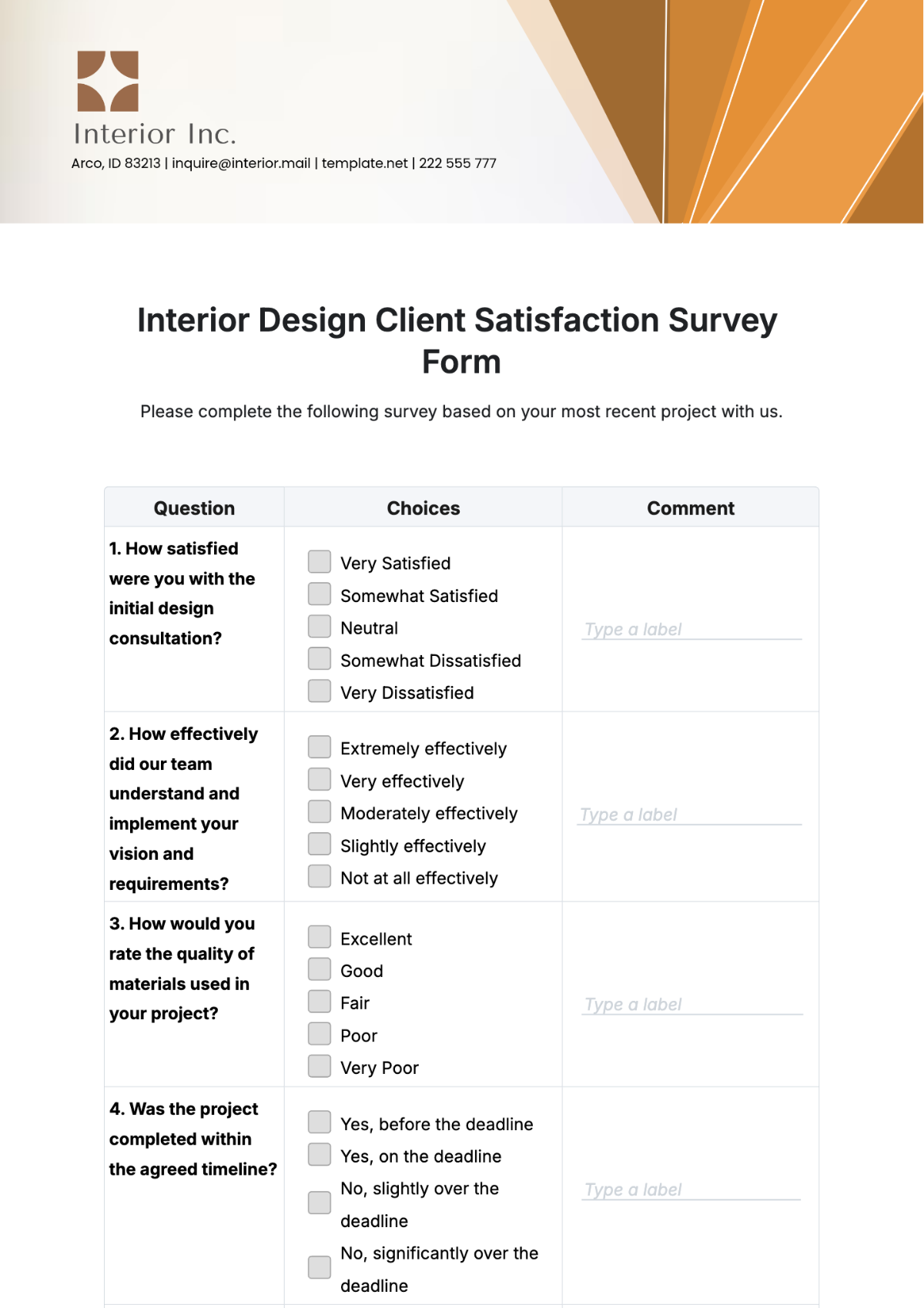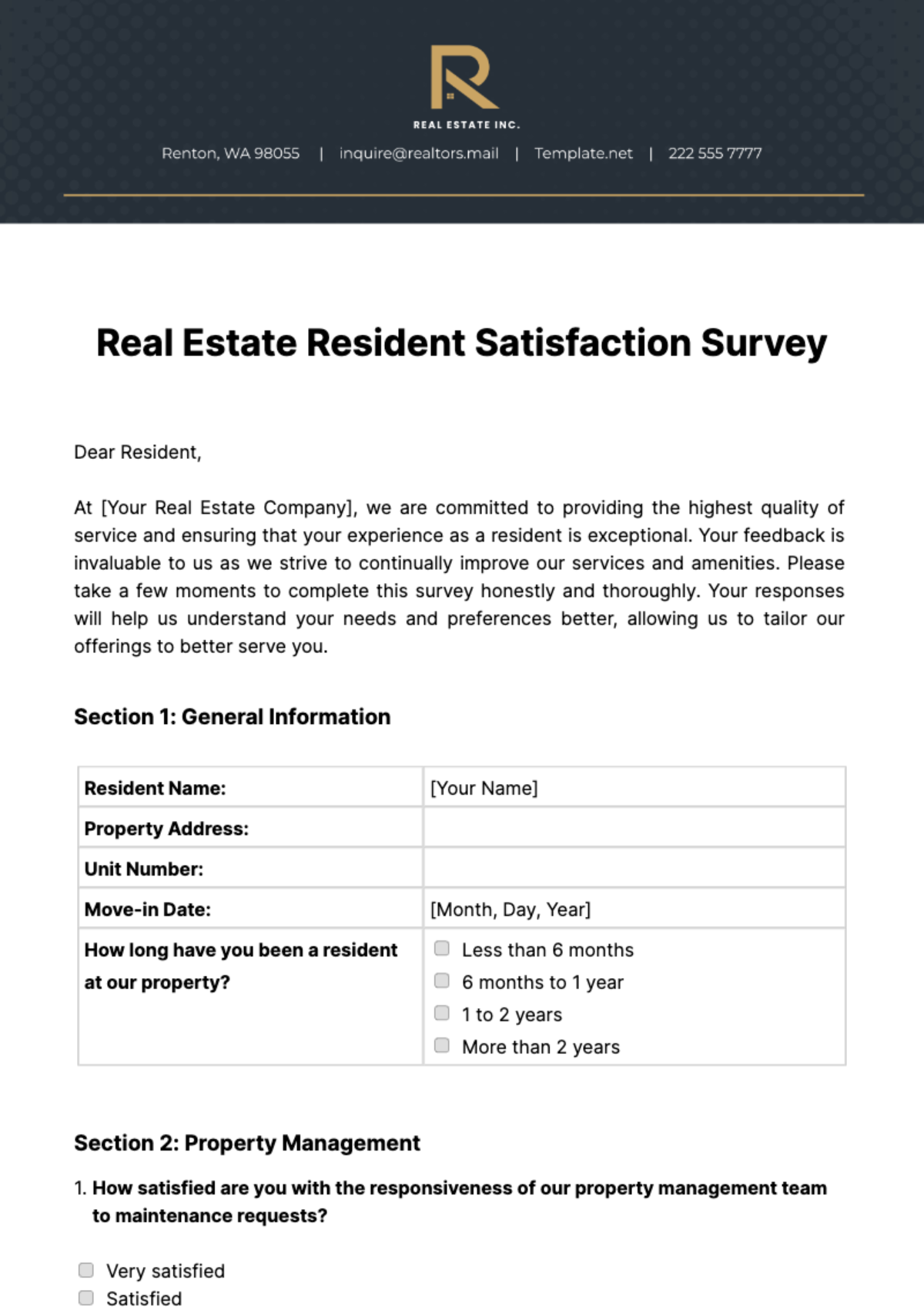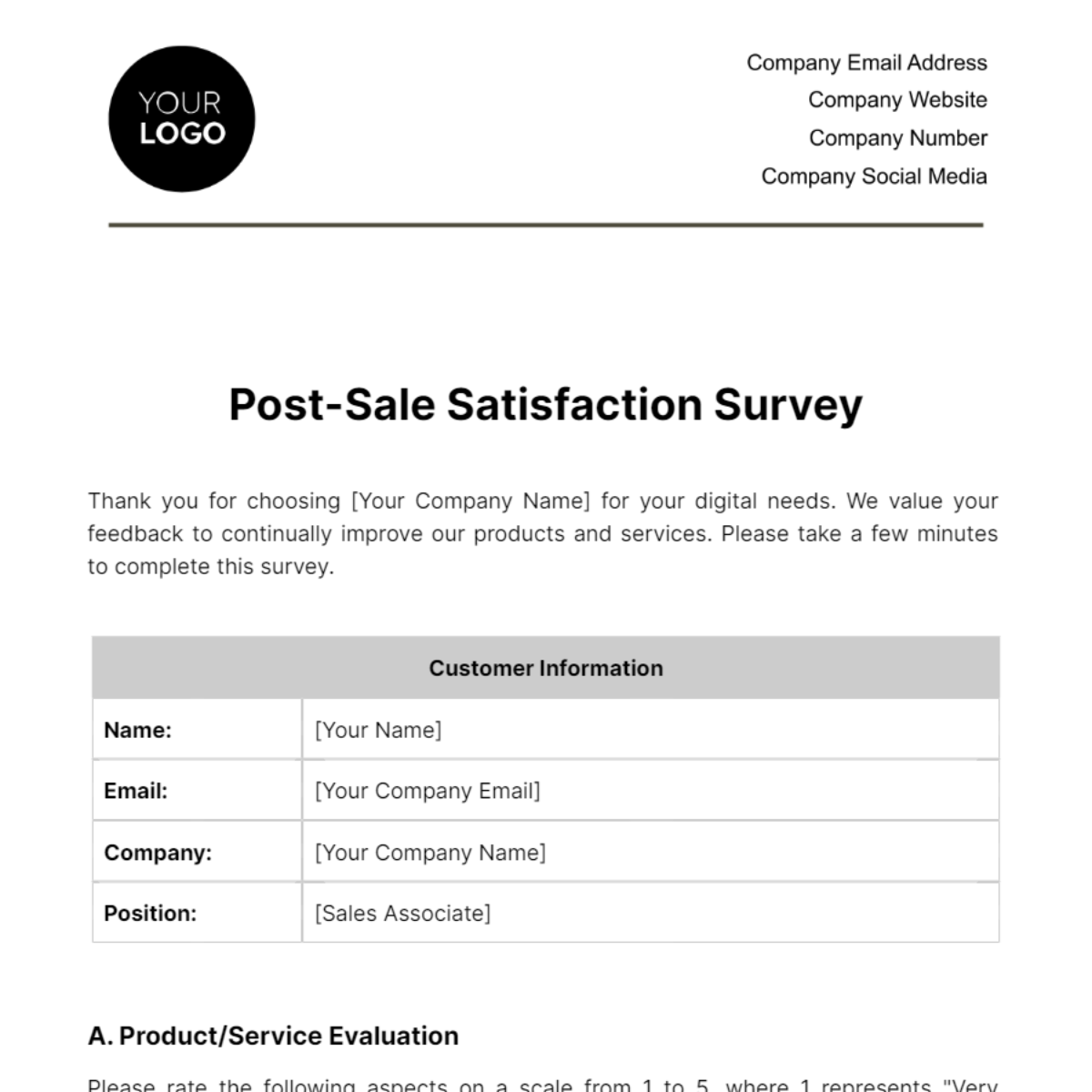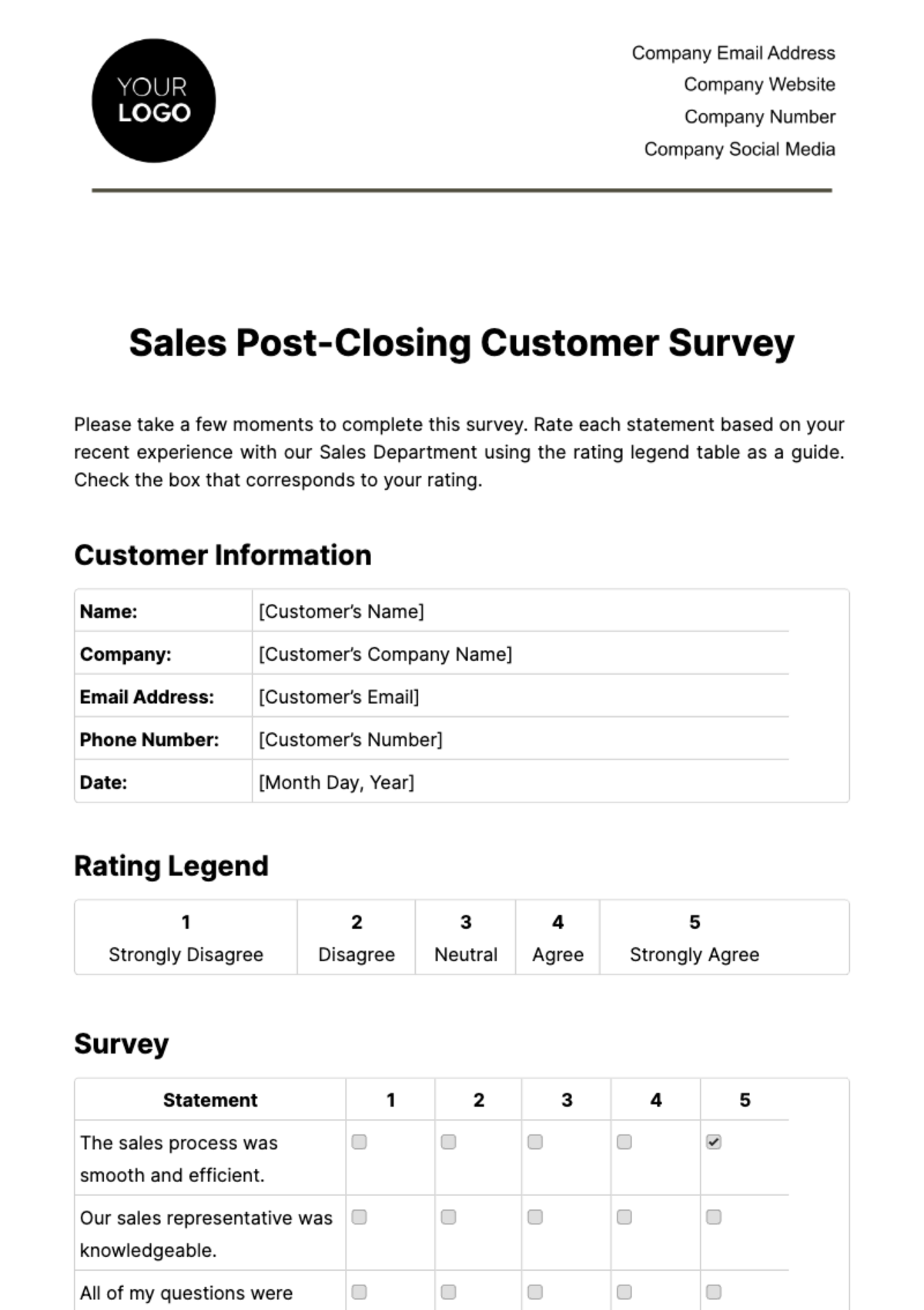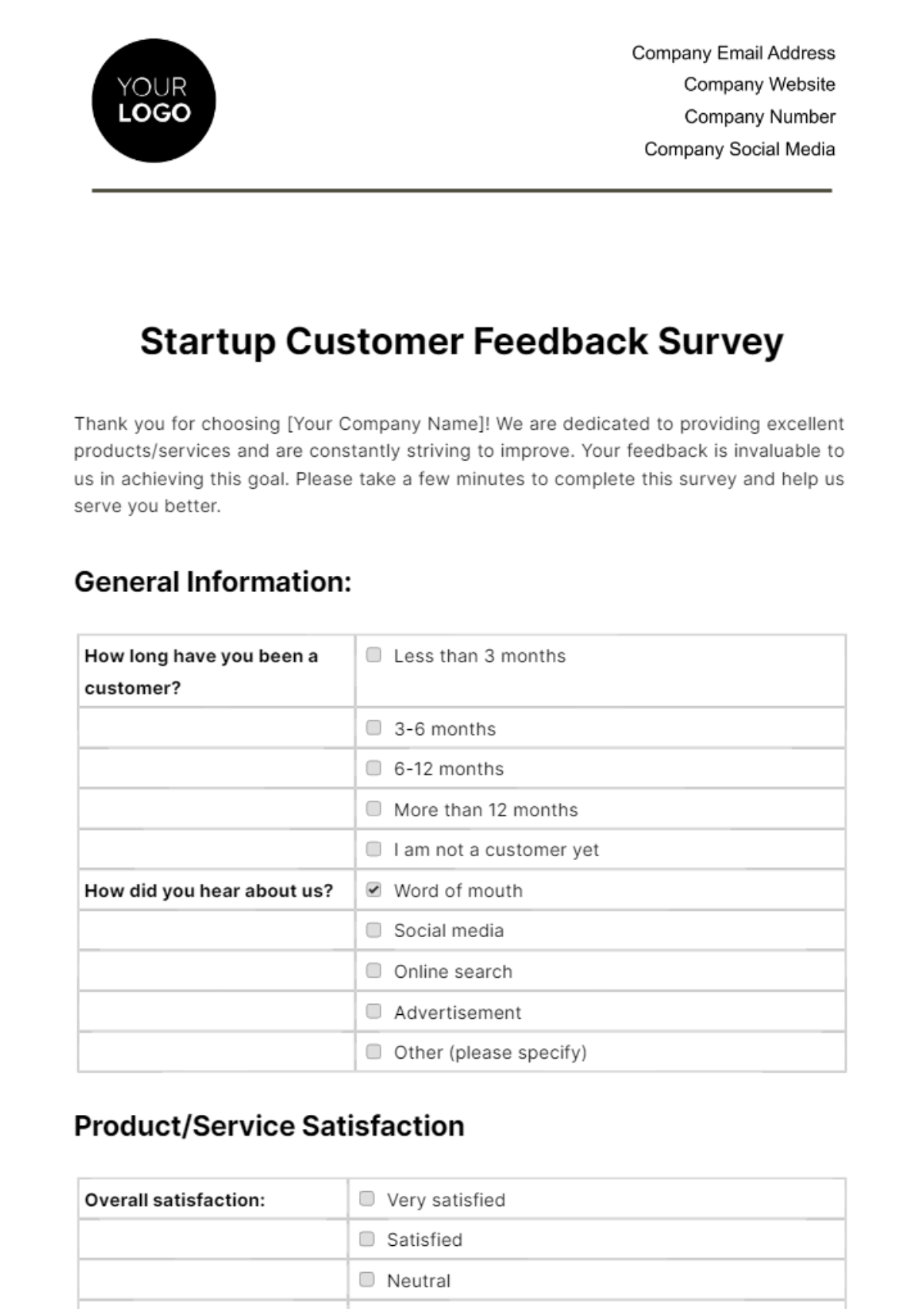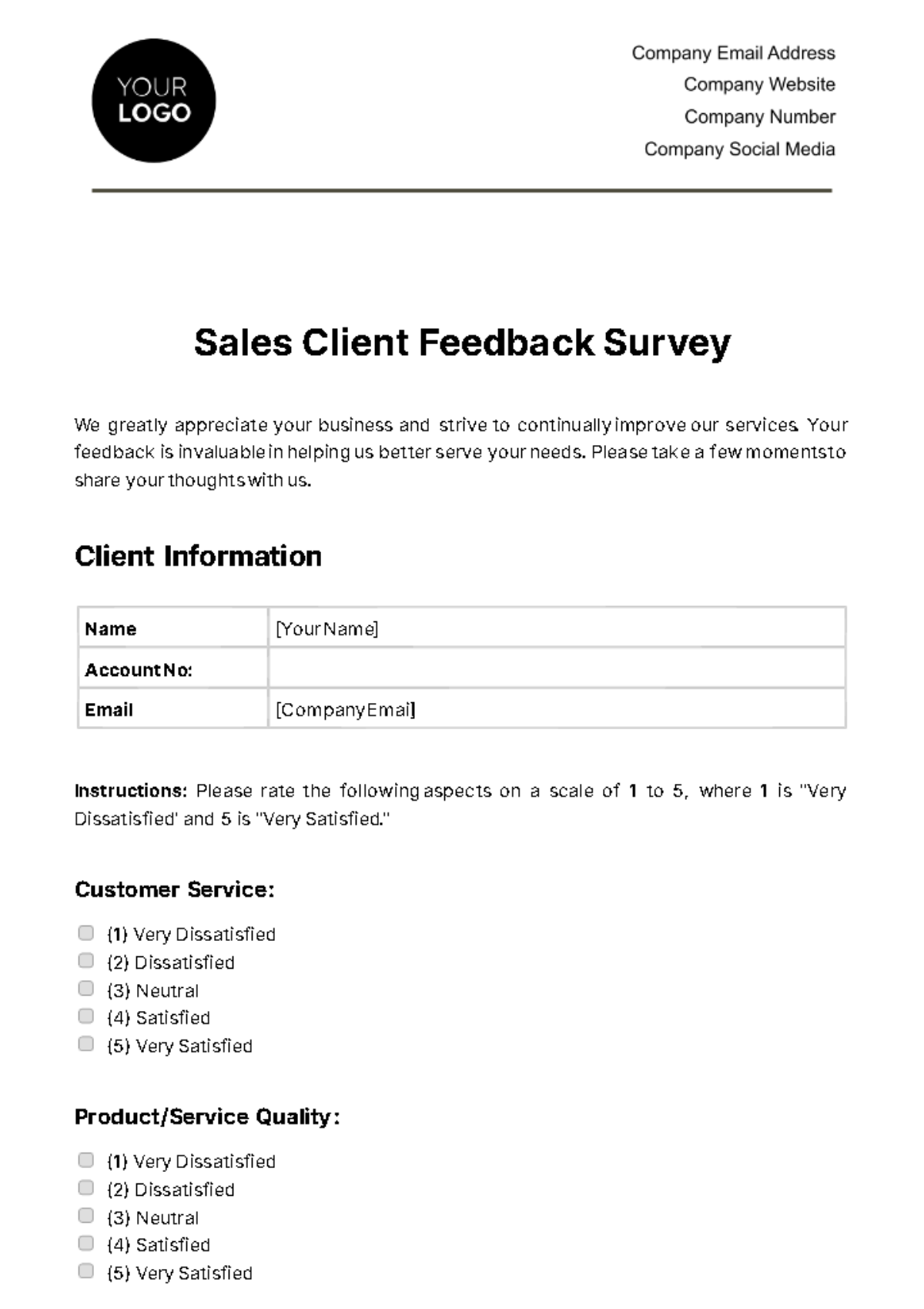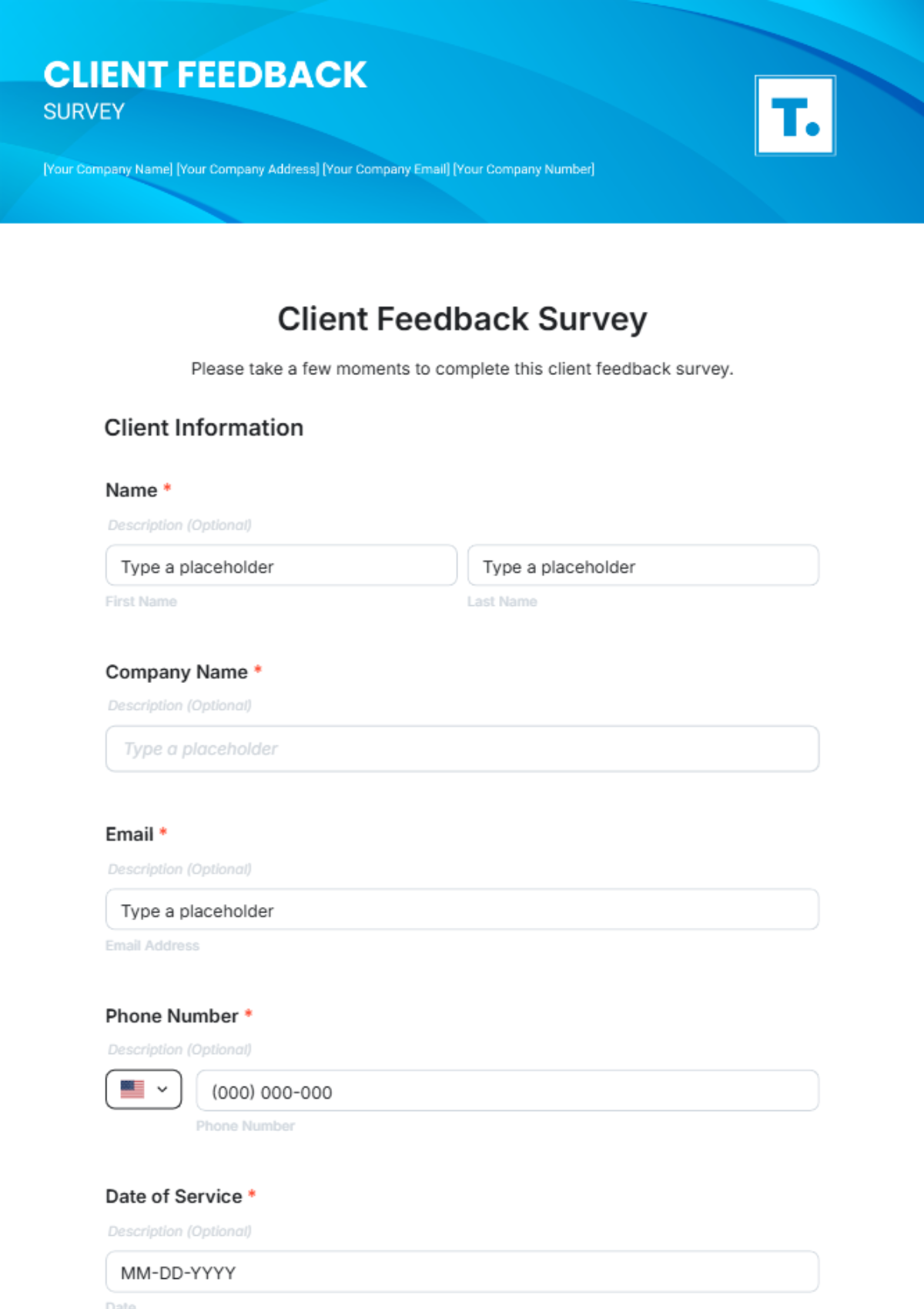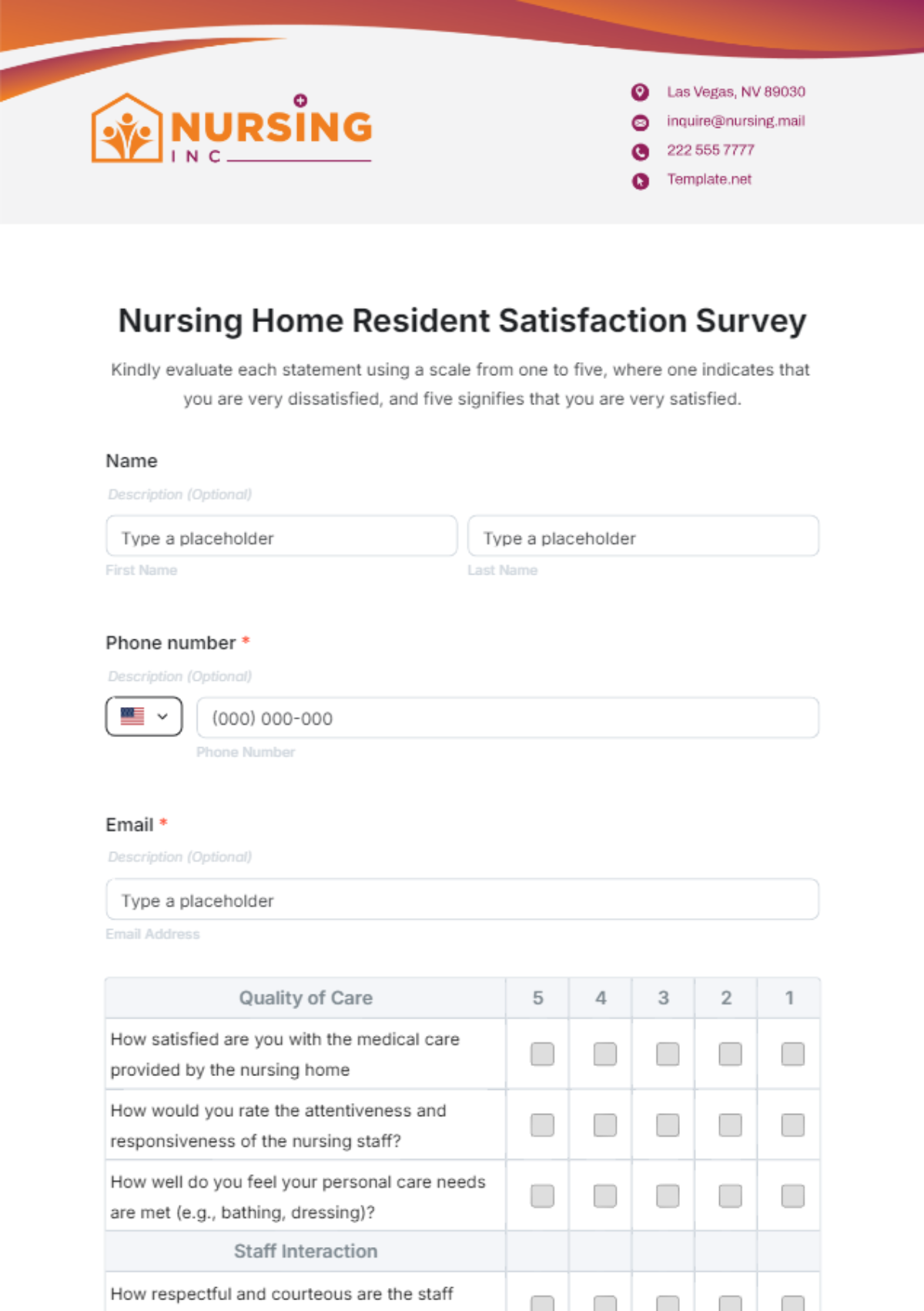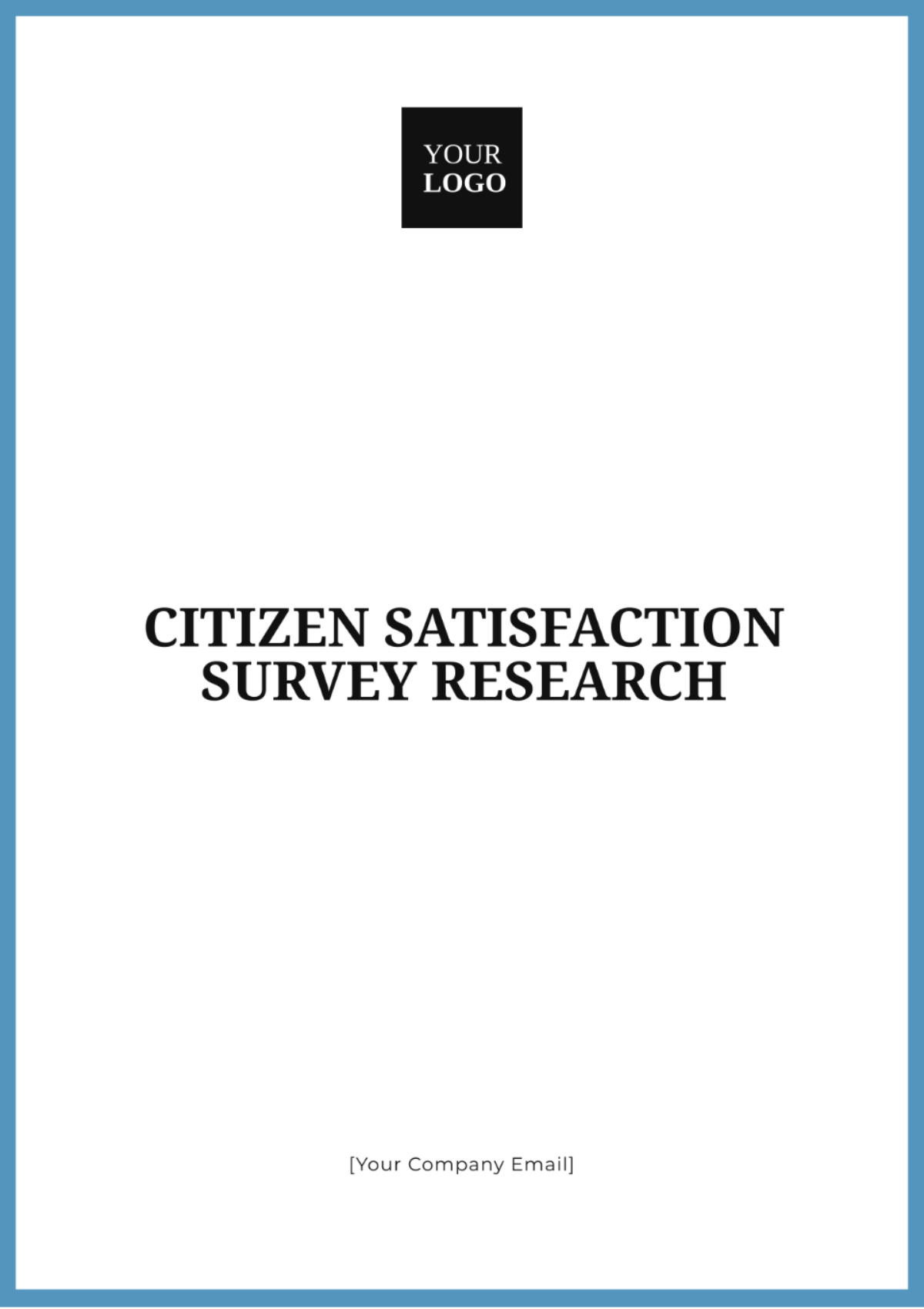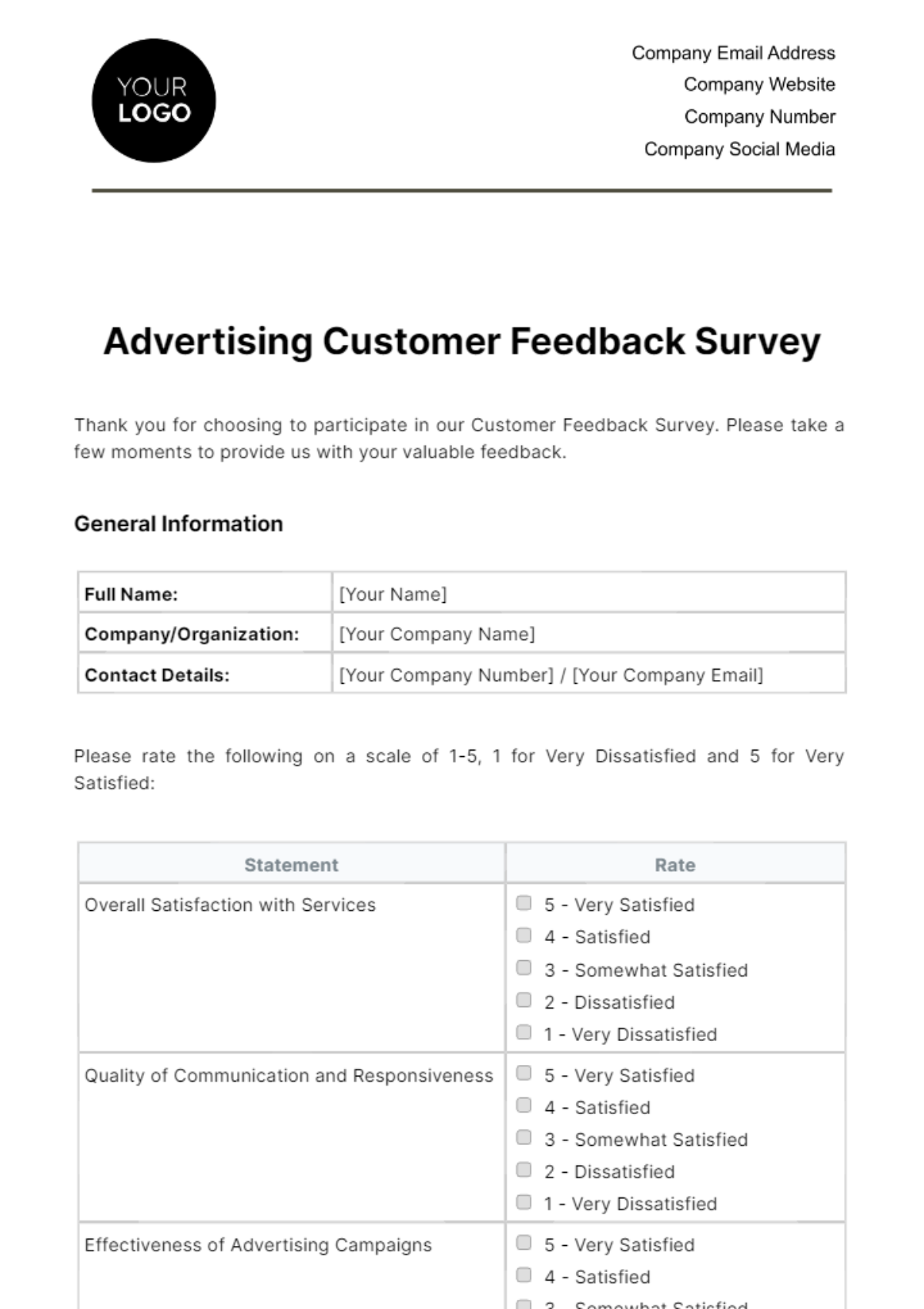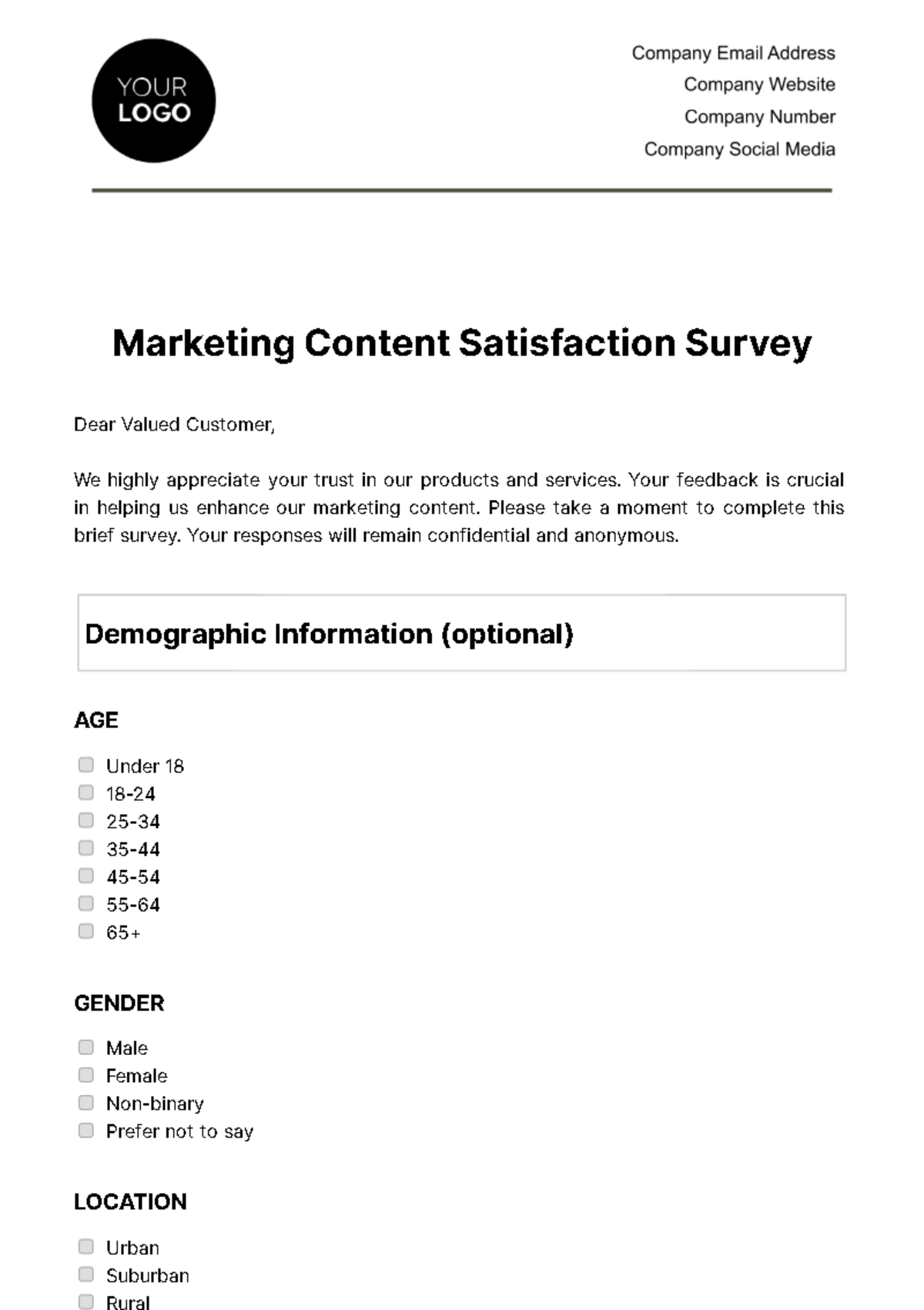Citizen Satisfaction Survey Research
Prepared By: [YOUR NAME]
Date: [DATE]
I. Introduction
The Citizen Satisfaction Survey Research aims to evaluate the levels of satisfaction among citizens regarding various public services and government activities. This research seeks to gather feedback from residents relating to their experiences with essential services such as healthcare, education, public safety, and infrastructure. The objectives are to identify areas of strength and opportunities for improvement, providing data-driven insights to policymakers for enhancing public service delivery.
II. Methodology
This survey was conducted using a stratified random sampling method to ensure representation across different demographic segments. Data was collected through both online and offline channels, including web-based surveys, telephone interviews, and face-to-face questionnaires. The sample size consisted of 1,200 residents, ensuring statistically significant results. Survey questions focused on multiple aspects such as service availability, quality, efficiency, and overall satisfaction.
III. Results
The survey findings are presented below with pertinent statistical analysis:
Public Service | Average Satisfaction Score | Percentage of Satisfied Citizens |
|---|---|---|
Healthcare | 4.2 out of 5 | 84% |
Education | 3.8 out of 5 | 76% |
Public Safety | 4.0 out of 5 | 80% |
Infrastructure | 3.5 out of 5 | 70% |
IV. Discussion
The results reveal a high level of satisfaction with healthcare services, at 84%, indicating that citizens generally perceive the quality and availability of healthcare to be good. Education services scored lower, with a satisfaction score of 3.8, highlighting potential areas for improvement in educational facilities and teaching quality. Public safety is well-regarded, with 80% satisfaction, suggesting effective law enforcement and emergency services. Infrastructure services received the lowest score, signaling a need for enhancements in roads, public transportation, and utility services.
V. Recommendations
Based on the survey findings, the following strategic actions are recommended to enhance citizen satisfaction:
Enhance Educational Facilities and Quality: Invest in upgrading educational facilities and improving teaching quality and curriculum to enhance the student experience.
Expand and Strengthen Healthcare Services: Enhance and expand healthcare services to improve accessibility, address service gaps, and maintain high standards for community satisfaction and needs.
Advance Public Safety Measures: Maintain current public safety strategies, integrate new safety tech and community programs, and explore partnerships to boost crime prevention and emergency response.
Upgrade Infrastructure with Strategic Focus: Boost resources for critical infrastructure, focusing on public transportation and road maintenance. Plan long-term for sustainable development and better service delivery.
VI. Conclusion
In summary, the Citizen Satisfaction Survey Research indicates varying satisfaction levels across different public services. High satisfaction with healthcare and public safety reflects positively on existing policies in these sectors. However, there is a clear need for targeted improvements in education and infrastructure. These insights provide valuable guidance for policymakers and government officials in their efforts to enhance public service delivery and overall citizen satisfaction.
VII. References
American Psychological Association. (2050). Publication Manual of the American Psychological Association (7th ed.).
Smith, J. A. (2059). Public Service Quality and Citizen Satisfaction. Journal of Public Administration, 15(2), 123-145.
